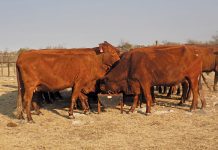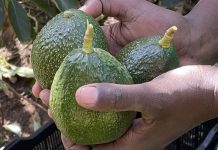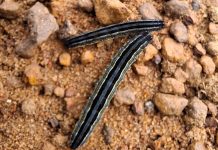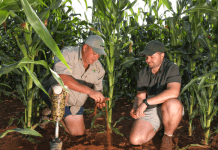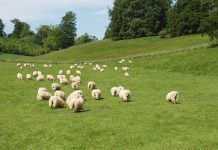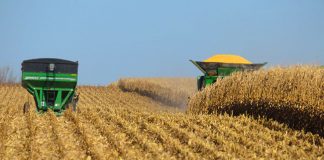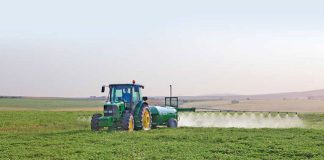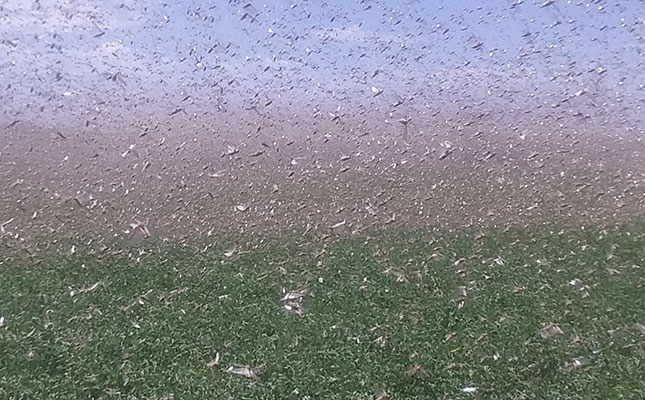
Photo: Nicol Jansen
The brown locust infestations across South Africa during the 2020/2021 season have obliterated all previous records, according to Nicol Jansen, Agri Northern Cape president.
The current outbreak, which started in September 2020 and was still ongoing, covered large parts of the Northern Cape and Eastern Cape, and the swarms had moved as far as the borders these provinces share with the Free State and North West.
READ Brown locust outbreaks threaten Southern Africa
He told Farmer’s Weekly this was the first time in recent history that an outbreak had covered such a vast area, and had lasted long enough for the insects to undergo four life cycles in one season.
The insects reached maturity at 90 days and were able to lay eggs five times up to the age of 130 days.
“Normally, outbreaks start in October and November and last until early in the next year with [the insects completing] only two life cycles. This time it started in September in the Karoo and at the moment locusts swarms are still occurring deep into the Kalahari, in areas such as Noenieput and Askham,” Jansen added.
During the past week, the swarms had also reached the Jan Kempdorp and Vaalharts areas on the border between the Northern Cape and North West.
From Douglas and Hopetown, the swarms were moving towards the border between the Free State and the Northern Cape, and locusts had also recently been reported near Boshof in the Free State.
READ Drones, ducks and loud music used in fight against locusts
The good news was that the start of winter and accompanying frost would go a long way to halt any further outbreaks and kill off the current swarms.
Jansen also commented on the size of the swarms, saying stationary swarms of 2km by 1km in diameter had been reported this season.
“It is a frightful scene to witness a locust storm on the wing. It looks like a fast- approaching black cloud with the ominous noise of thousands upon thousands of insect wings being carried on the wind.
“[If] it was not for the sterling services rendered by the locust teams of the Department of Agriculture, Land Reform and Rural Development, I do not know how we would have contained the outbreaks,” he said.
Jansen was quick to stress the fact that the chemicals used to control the swarms were species-specific, and did not pose any danger to natural predator species. According to him, 95% of all the reported cases of locust outbreaks had been successfully controlled by the locust teams.

